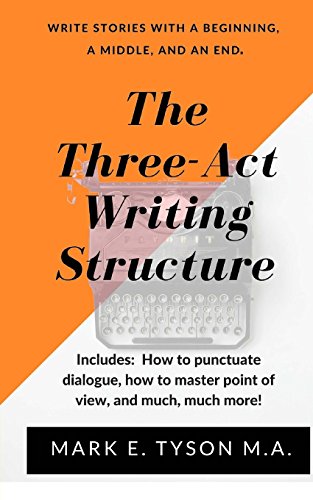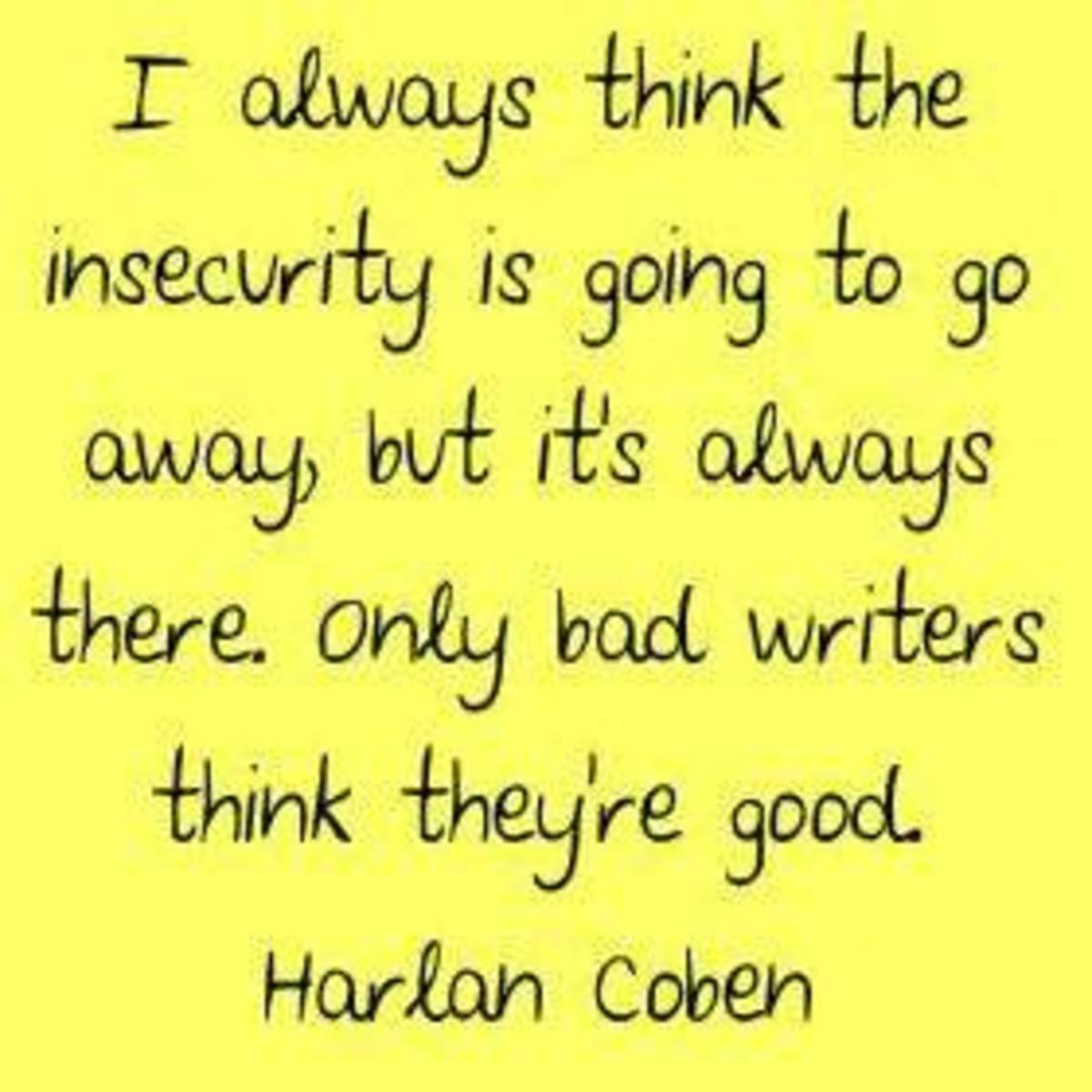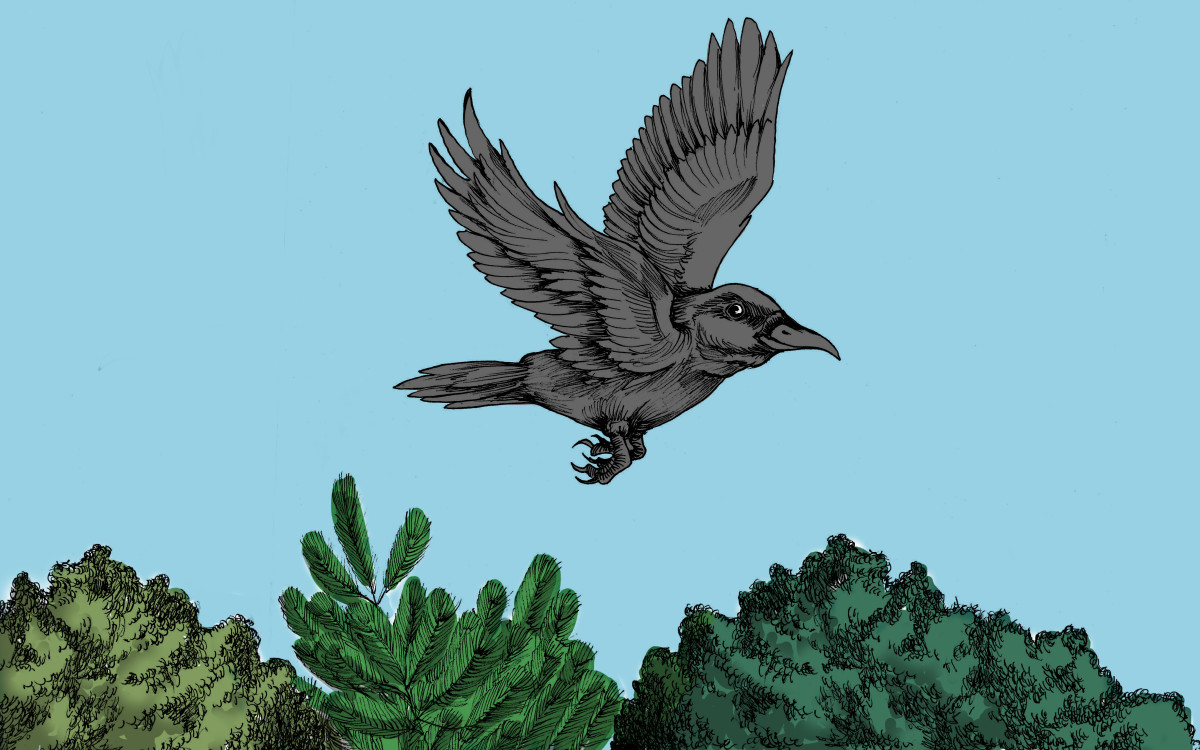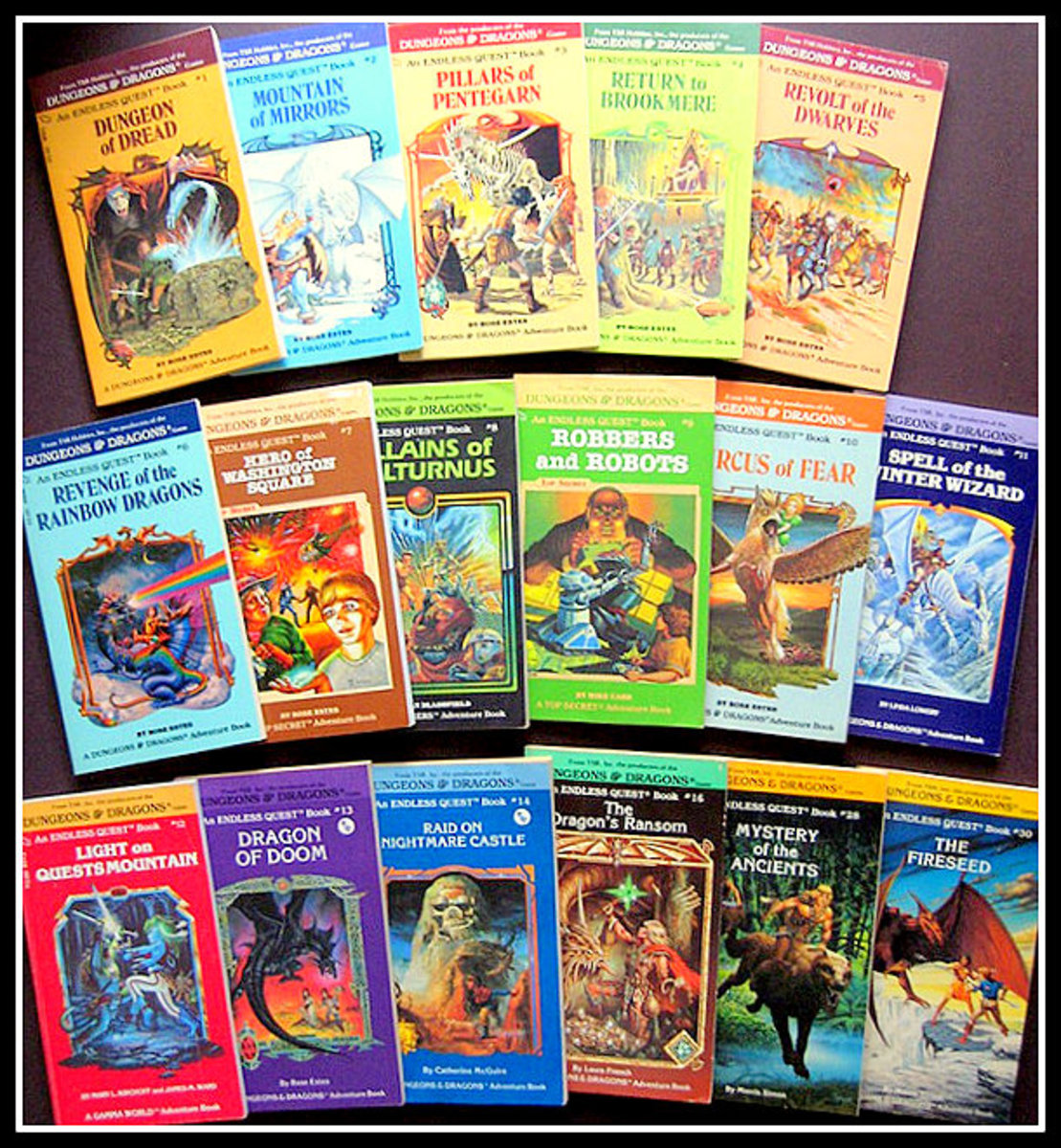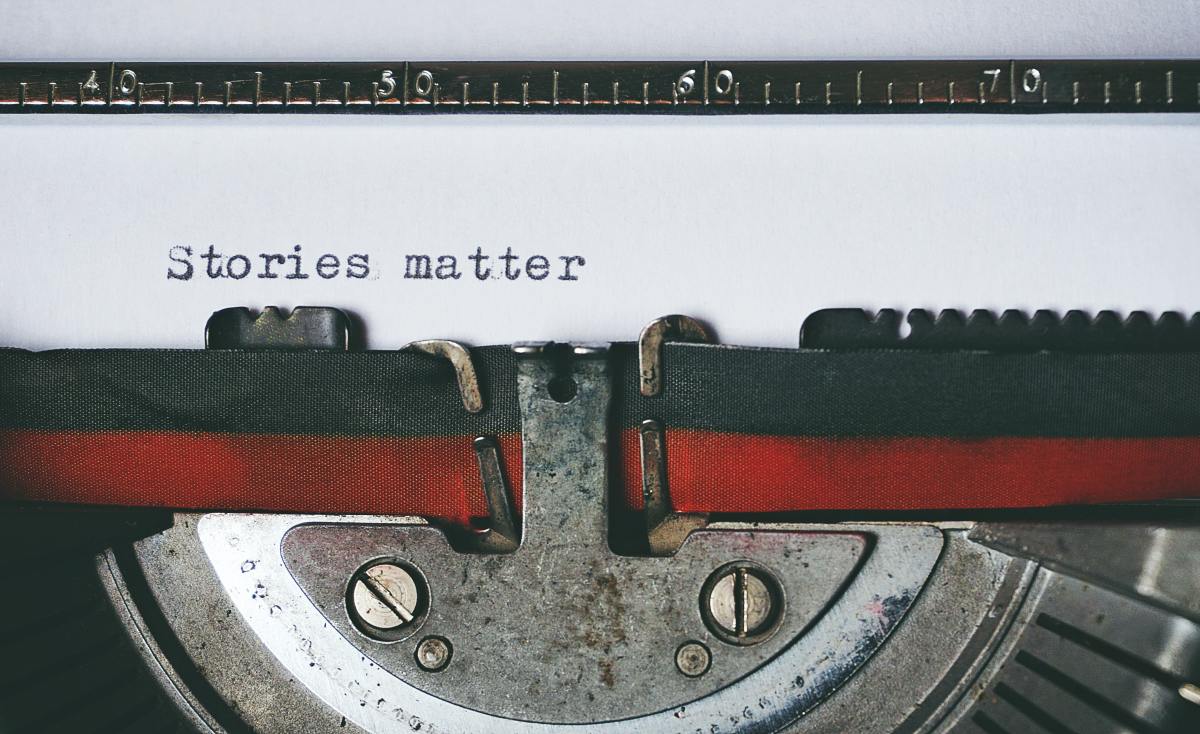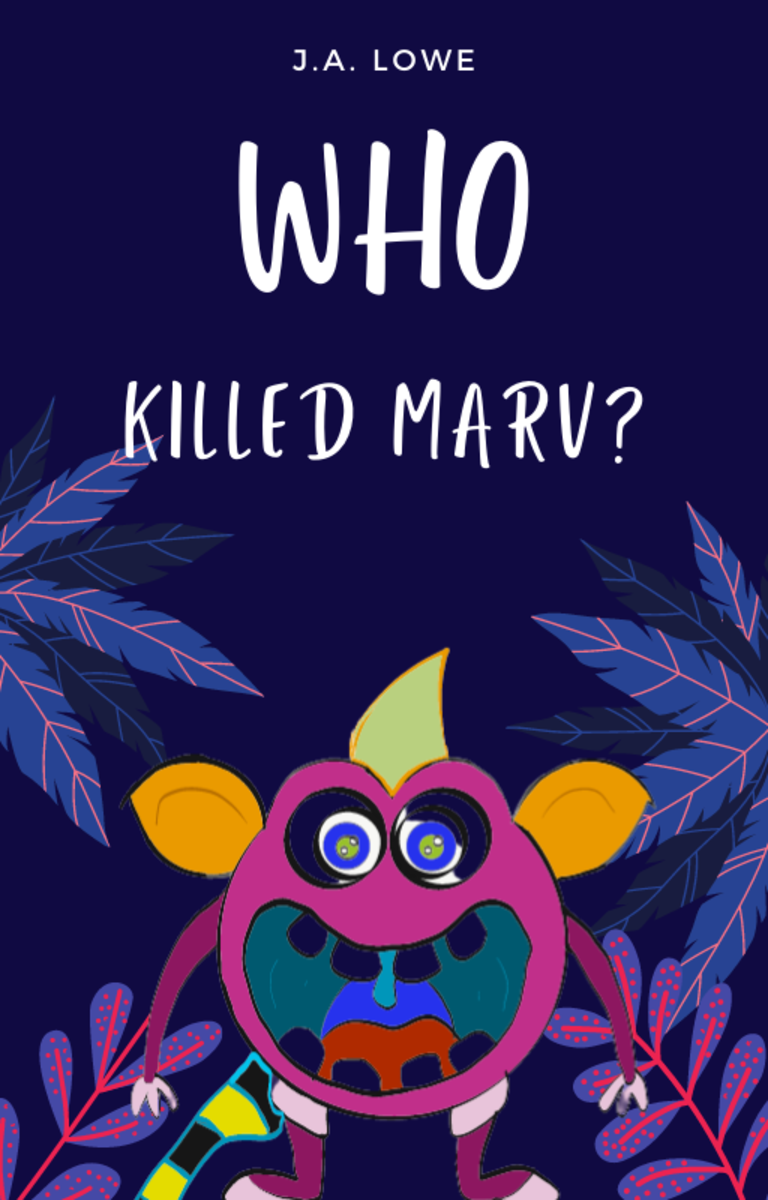Short Story Course - How to Write Beginnings and Endings
The Genius of Short Story Writer, O. Henry
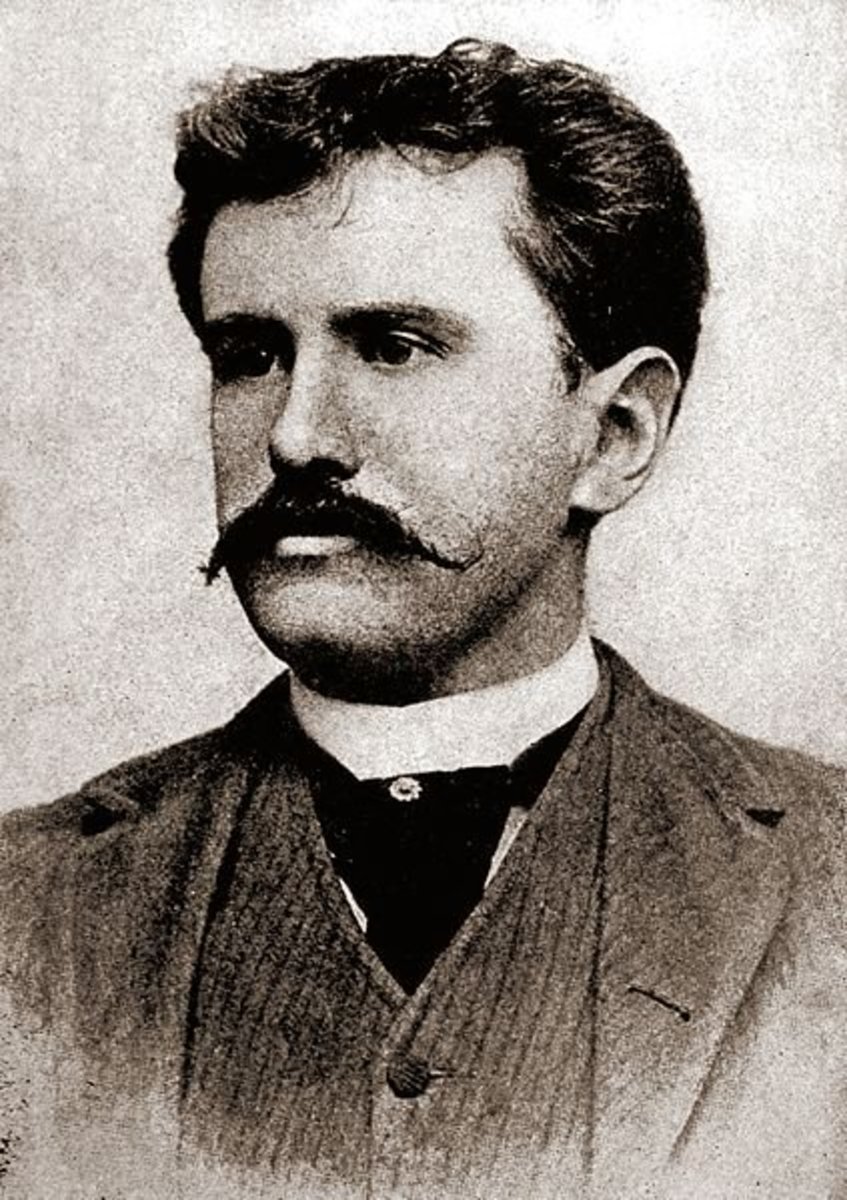
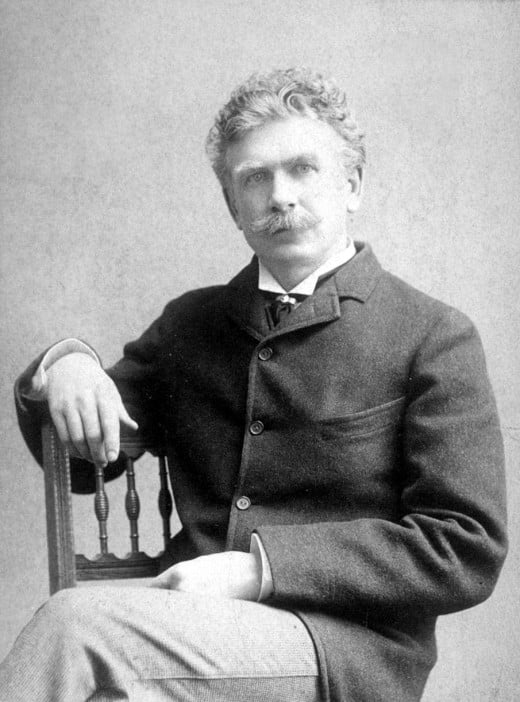
A Beginning, A Middle, and an End
Lesson 5 in the Advanced Short Story Correspondence Course
This lesson deals with how to write strong beginnings and endings for short stories. Gone are the laid-back days when people liked to read long descriptive beginnings as in the works of Dickens and Thackeray. These days with life so speeded up, a story must jump quickly into action.
The opening of a modern short story should:
- Give the reader a definite sense of setting and the place where the events are taking place.
- Use action verbs such as gripped, staggered, dive, sank, struggled, etc. instead of was verbs. Use verbs which express action rather than verbs that express state.
- Begin with the conflict - obstacles to overcome, internal or external.
- Introduce some dialogue in this last sentence of a story’s first paragraph. Or it could be pseudo dialogue: “Down from the island’s wooded centre by a narrow path a figure was hastening towards him.” The reader anticipates dialogue. Or the dialogue can be internal as in: “As she ran, her lungs burning with the effort, she wondered whether the people from the orphanage had discovered her absence and were looking for her.”
- Make the reader ask questions that beg for answers.
- No paragraph in the short story should be longer than 150 words and rarely should this limit be approached. The opening, especially, where the reader is being enticed to read should be much shorter. The ‘windows’ or white space created by incomplete lines of type let in air and light, leading the unstrained eye onwards.
Story Titles and Story Beginnings
The opening below from Ring Lardners short story ‘Man not Overboard’ is especially alluring. Not only does it establish the “who, where and what” right away, it also relates to its intriguing title:
“Ben Brainerd posed for the newspaper photographers on the deck of the Gargantua, saying to himself: There’s a picture for Page One – ‘Young Novelist Kills Himself at Sea.’
He went into his cabin and opened his two bags . . .He wondered vacantly how long a man’s clothes outlasted his body in salt water.”
A person pondering committing suicide is interesting because the sense of self-preservation is so deeply ingrained in human beings. Why would a successful novelist want to kill himself? That’s a question which needs to be answered and the reader is drawn in.
Yet the title implies that Ben did not throw himself into the sea. What prevented him or made him change his mind? Lardner is skilled in making his readers want to know.
Narrative, Dialogue or a Blend of Both?
Story openings may consist wholly of narrative, wholly of dialogue or be a blend of both.
Here is an example of a flawless beginning which blends the two:
“The baronet helped himself to marmalade.
“Well, what do you think of that, cousin of mine?’
Gordon Jaynes read the letter carefully.
“I shouldn’t care to receive it myself,” he said. “But then , I’m not a millionaire. I dare say you get used to that sort of thing.”
(Nor the Jury by Selwyn Jepson)
Note the amount of information being conveyed via action in this opening: the mention of the marmalade shows that it is breakfast-time; one of the men is a baronet and a millionaire, and the other is his cousin and comparatively poor; a threatening letter has been received . Note also that the situation of conflict created by the letter evidently produced a crime, for the title contains the word ‘jury.’
Short Story Endings
The ending of the story should be as strong as the beginning. It should be conclusive and as dramatic. Weak plotting leads to weak endings. Someone rightly said: “Never send your reader big-game hunting after mice.” In other words, if the writer promises his readers a dramatic development (as good beginnings should), he should not disappoint them.
Avoid the Anti- Climax
Once the peak – the big situation which has inspired the story and the writer has been leading to – has been reached, the narrative should end quickly. Explaining the preceding events too much usually makes for an anti-climax which is not desirable. It takes a strong man to know when to let go.
The Surprise Ending
One of the most effective endings is the surprise ending as in O Henry’s stories. Ambrose Bierce, one of the originators of the short story as a separate genre is another master of this type of ending. Read his ‘An Occurrence at Owl Creek Bridge.’
Dear Mrs. Johnson Dec. 23, 1990
Short Story Course Lesson 5
Thank you for sending me the information about the SF and Fantasy magazines, I really appreciate your help. Roger Culpan, who runs a small SF zine called ‘String’ (got his address from the BSFA mailing which said that he would give writers a detailed criticism of their work) sent me some addresses and has shown a lot of interest. I sent my stories ‘Christabel’ and ‘The Daughter that Never Was’ to him. He also runs the Warrington Writing Workshop.
Here is an excerpt from his letter:
“Thank you for sending me ‘The Daughter that Never Was’ and ‘Christabel’ which I really enjoyed. I read both pieces to a group of experienced amateur writers – one of them is actually a professional science –writer –and all of them were very impressed. They are not Fantasy/ Science Fiction people. Of the two pieces they preferred ‘The Daughter that Never Was’ and the general opinion was that ‘Christabel’ would be improved if you shortened it a bit and tightened it up. I particularly liked the gorgeous elaboration of your prose and the underlying slow pulse which reminded me of some translations of Hindu myths that I have read recently ad some of the stories of Tagore.
‘String’ is projected as a magazine for Science Fiction in the narrow sense. If you ever decide to write a Science Fiction story, I’d like very much to consider it for publication.”
In a subsequent letter Roger told me that now that he is going to start his own magazine, he’d like to publish both these stories in his launch issue. He says they’ll be read by some ‘influential’ SF fans in Britain and Scandinavia. I am so thrilled! I have really struck up a good rapport with him.
I had to cut two chapters from my SF novel ‘Undersea’ because I overshot the word limit of 25000 words. I can’t believe it, my first novel. And I wondered how I’d write one.
Sincerely
Anita
Dear Miss Saran, January 4,1991
Short Story Course, Lesson 5
I am very pleased to hear of the recent developments. This is just the kind of exposure you need and it is wonderful to have the interest and support of somebody directly involved in the SF world. The letter from Roger Culpan is super and he has offered some really practical help and encouragement. It’s so valuable to build up contacts in this business. I’m afraid most of my connections are in the romance and crime genres, but you seem to be doing very nicely on your own, the more so as it is difficult operating from a distance. As you broaden your knowledge of the outlets, you should, with your drive and the necessary persistence begin to experience some successes.
As you will see when you compare your placing of the ten story openings with that given in the model answer, there is quite a degree of variation though you are in general agreement with the weakest and the best. I doubt whether any student has ever exactly duplicated our list; the number of possible permutations must be infinite!
I do feel that you have responded them very well in an imaginative way, but haven’t given much thought to the technical aspects of the exercise. For instance, I was disappointed that you did not mention the excessive number of characters in I, nor the over-use of the plu-perfect tense in J, though,on the other hand, you did spot the switch of viewpoints in G, which many students miss.
Of course, where matters of literary taste and subjective response are concerned, it is impossible to give an absolutely right answer, but these openings do indicate a number of weaknesses to be avoided.
Best wishes for all your projects and I look forward to Lesson 6.
Yours sincerely,
Hilary Johnson, M.A., Ph.D.
Tutor
If you enjoyed this, you might like to read the other articles in this series:

